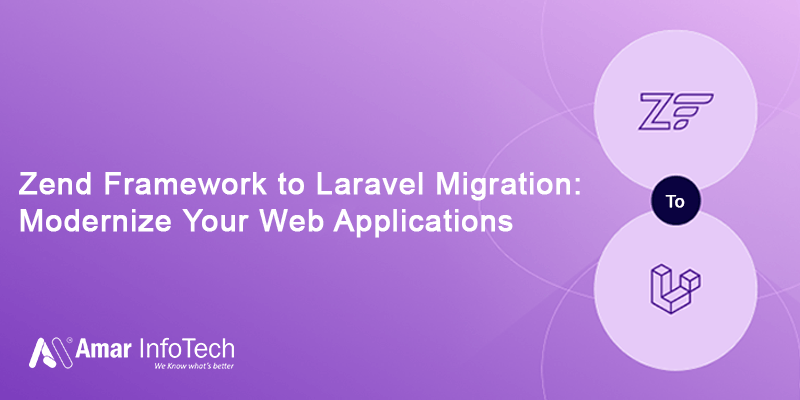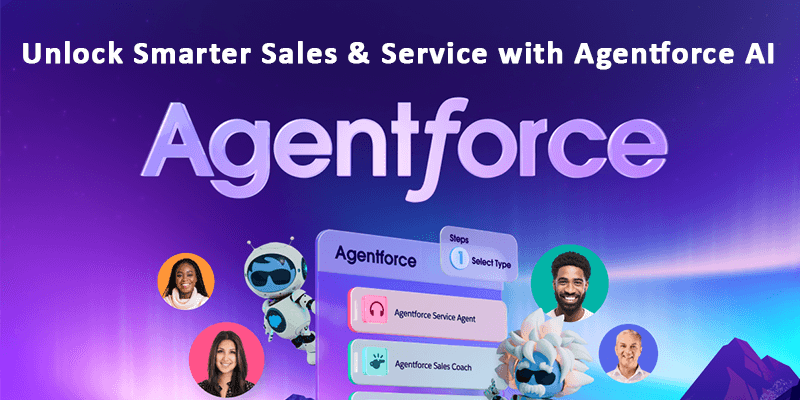Ready for Digital Transformation? Your Vision, Our Expertise - Let’s Build Innovative Software Together!
Zend Framework to Laravel Migration: Modernize Your Web Applications
 Blog Migration Service
Blog Migration Service
Introduction
As businesses in the USA continue to adopt modern web development technologies, the need for scalable, maintainable, and high-performance web applications has become more critical. One way to achieve this goal is by migrating from Zend Framework to Laravel, a more versatile and efficient PHP framework. This blog explores why businesses in the USA should consider migrating their legacy Zend Framework applications to Laravel and how this migration can modernize web applications.
1. Why Migrate from Zend Framework to Laravel?
Zend Framework, though widely used in the past, has been considered less flexible compared to modern frameworks like Laravel. Here’s why migrating to Laravel makes sense for your business:
a. Performance Improvements
Learvel offers improved performance with its built-in features like caching, efficient database queries, and routing mechanisms. These enhancements are essential for businesses in competitive industries across the USA, where speed and user experience are top priorities.
b. Modern Features and Ecosystem
Learvel provides an extensive ecosystem with powerful features like Blade templating, Eloquent ORM, Artisan CLI, and robust support for RESTful APIs. This feature set makes it easier to build modern applications that integrate with various third-party services—something that is becoming increasingly important in USA-based e-commerce, healthcare, and fintech industries.
c. Active Community and Support
While Zend Framework still has its users, the Laravel community is active and constantly evolving. The USA market demands quick adaptations to new technologies and trends, and Laravel’s vibrant community ensures timely updates, bug fixes, and security patches.
2. Key Benefits of Migrating to Laravel
For businesses in the USA, Laravel migration is more than just a technical upgrade—it’s about enhancing your web application’s functionality and aligning it with future growth.
a. Improved Security
Security is one of the top concerns for businesses operating in the USA, especially in sectors like finance and healthcare. Laravel provides built-in tools for encryption, protection against SQL injection, CSRF protection, and password hashing, ensuring your application is secure and compliant with industry standards.
b. Faster Development Time
Learvel’s simple syntax, modular structure, and built-in tools can significantly reduce development time. For businesses in the USA looking to scale rapidly, this means faster time-to-market for new features, updates, or services.
c. Cost-Effectiveness
With Laravel’s extensive pre-built functionalities, your development team can save time on repetitive tasks, leading to cost savings in development, testing, and maintenance. For USA businesses, this translates into better ROI as resources are focused on core functionalities rather than reinventing the wheel.
3. How to Migrate from Zend Framework to Laravel
Migration from Zend Framework to Laravel requires careful planning and execution. Here are the steps to ensure a smooth transition:
a. Assess the Current Zend Application
Before beginning the migration, thoroughly assess your current Zend Framework application to identify the components that need to be updated. This includes checking the database structure, third-party integrations, business logic, and user interfaces.
b. Choose the Right Laravel Version
Select the appropriate version of Laravel based on your application’s requirements. Ensure that the chosen version aligns with your project needs and supports the necessary features, such as API development or microservices.
c. Recreate Core Components in Laravel
Identify key components in your Zend application (such as routing, authentication, and models) and rebuild them using Laravel’s corresponding features. Laravel’s Eloquent ORM and Blade templating engine will make this process more efficient.
d. Migrate Data and Database
Data migration is a crucial aspect of any framework migration. With Laravel’s migration tools, you can easily manage database structure changes and move data to the new system without disrupting your application’s functionality.
e. Testing and QA
Thoroughly test the migrated application to ensure it functions as expected. Perform unit tests, integration tests, and end-to-end tests to identify any potential issues.
f. Training and Documentation
Ensure your development team is familiar with Laravel’s structure, components, and best practices. Proper training and documentation will enable them to fully leverage Laravel’s potential and ensure a smooth transition.
4. Best Practices for a Successful Migration
To ensure a successful migration, here are some best practices for USA-based businesses:
- Incremental Migration: Instead of migrating the entire application at once, consider migrating modules one by one to minimize disruptions and ensure each part of the system works smoothly.
- Focus on Scalability: When migrating to Laravel, focus on building a scalable architecture that can handle increased traffic, especially if your business plans to expand in the USA market.
- Utilize Laravel Packages: Take advantage of Laravel’s ecosystem of packages to add functionality to your application without reinventing the wheel.
- Consider Cloud Integration: As many businesses in the USA are moving to cloud-based infrastructure, consider integrating your Laravel application with platforms like AWS, Google Cloud, or Azure for better scalability and performance.
5. How Laravel Helps USA Businesses Stay Competitive
With the ever-growing need for businesses in the USA to stay competitive, Laravel offers a powerful framework that can help you achieve just that. Its emphasis on developer productivity, security, scalability, and performance is exactly what USA-based companies need to stay ahead of the curve. Whether you’re operating in industries like e-commerce, fintech, or healthcare, Laravel can provide the tools and resources necessary to keep your applications modern and efficient.
Conclusion
Migrating from Zend Framework to Laravel is a strategic decision for businesses looking to modernize their web applications. For USA-based companies aiming to stay ahead in a competitive market, the benefits of Laravel—from improved performance to a stronger developer community—make it the ideal choice for upgrading legacy systems. By following a structured migration plan and adhering to best practices, businesses can ensure a seamless transition and unlock the full potential of their web applications.





